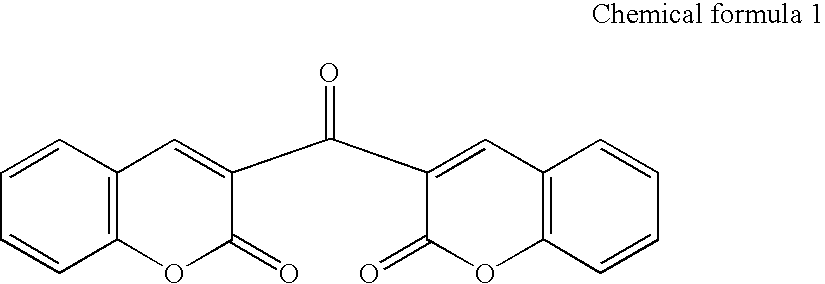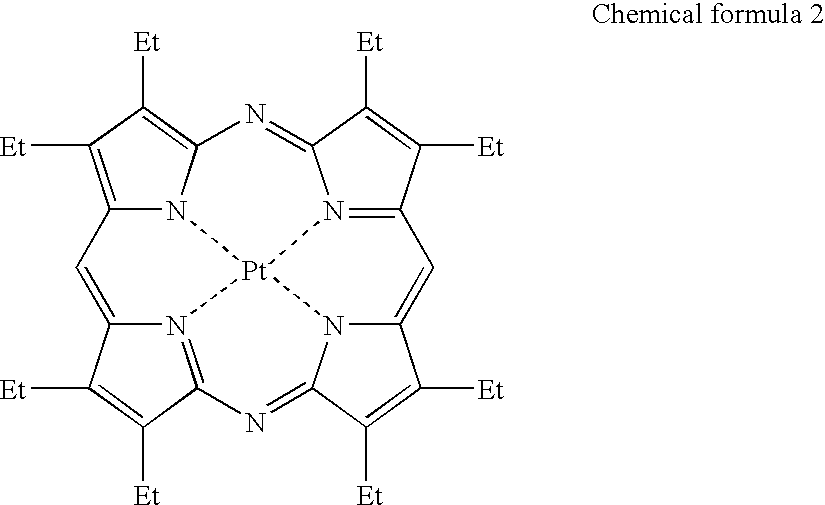Light emitting device, driving method for the same and electronic apparatus
a technology of light-emitting devices and electronic devices, applied in the field of oled panels, can solve the problems of oled brightness dropping, and oled organic light-emitting layers deteriorating at a different ra
- Summary
- Abstract
- Description
- Claims
- Application Information
AI Technical Summary
Problems solved by technology
Method used
Image
Examples
embodiment 1
[0105] This embodiment explains a pixel configuration different from that of the light-emitting device of the present invention of FIG. 2.
[0106] The OLED panel possessed by the light-emitting device of the present invention does not have a second scanning line drive circuit differently from the OLED panel shown in FIG. 1. Note that, in this embodiment, the first scanning line drive circuit is referred simply to as a scanning line drive circuit.
[0107] The OLED panel of this embodiment has a pixel section forming a plurality of pixels in a matrix form, a signal line drive circuit and a scanning line drive circuit.
[0108] The signal line drive circuit and the scanning line drive circuit may beformed on the same substrate as the pixel section. Otherwise, they may be formed on respective different substrates and connected to the pixel section through FPCs or the like. Meanwhile, it is possible for a designer to arbitrarily determine the number of signal line drive circuits and scanning li...
embodiment 2
[0123] This embodiment explains a configuration of a pixel of the light-emitting device of the present invention different from that of FIG. 2 or 8.
[0124] The OLED panel possessed by the light-emitting device of this embodiment has a pixel section forming a plurality of pixels in a matrix form, a signal line drive circuit, a first scanning line drive circuit and a second scanning line drive circuit, similarly to the OLED panel shown in FIG. 1.
[0125] The signal line drive circuit, the first scanning line drive circuit and the second scanning line drive circuit may be formed on the same substrate as the pixel section. Otherwise, they may be formed respectively on different substrates and connected to the pixel section through FPCs or the like. Meanwhile, it is possible for a designer to arbitrarily determine the number of signal line drive circuits, first scanning line drive circuits and second scanning line drive circuits.
[0126] In the pixel section, there are provided signal lines S...
embodiment 3
[0141] This example describes an order sub-frame periods SF1 to SFn turn up in a driving method shown in Embodiment Mode 2.
[0142] FIG. 10 shows at which points n writing periods (Ta1 to Tan) and n display periods (Td1 to Tdn) are started in one frame period. The horizontal axis indicates time whereas the vertical axis indicates positions of the first scanning lines of pixels. Descriptions on details about how the pixels operate are omitted here but can be found in Embodiment Mode 2.
[0143] According to the driving method of this embodiment, the sub-frame period that has the longest display period in one frame period (in this example, SFn) does not come first or last in the one frame period. In other words the sub-frame period that has the longest display period in one frame period is interposed between other sub-frame periods of the same frame period.
[0144] This makes it difficult for the human eye to recognize uneven display caused by light emission in close display periods in adjac...
PUM
 Login to View More
Login to View More Abstract
Description
Claims
Application Information
 Login to View More
Login to View More - R&D
- Intellectual Property
- Life Sciences
- Materials
- Tech Scout
- Unparalleled Data Quality
- Higher Quality Content
- 60% Fewer Hallucinations
Browse by: Latest US Patents, China's latest patents, Technical Efficacy Thesaurus, Application Domain, Technology Topic, Popular Technical Reports.
© 2025 PatSnap. All rights reserved.Legal|Privacy policy|Modern Slavery Act Transparency Statement|Sitemap|About US| Contact US: help@patsnap.com



